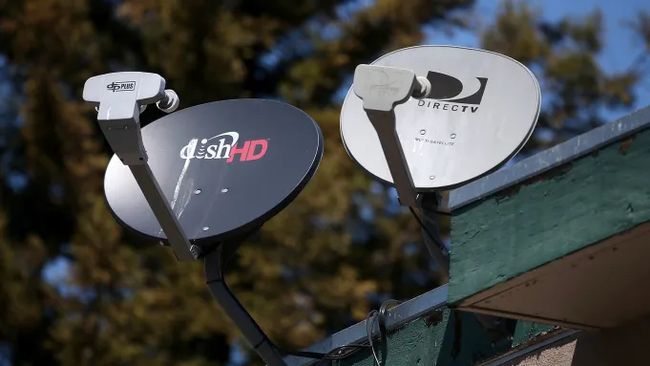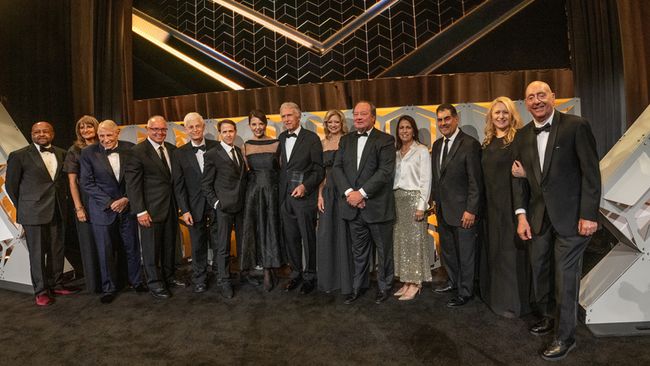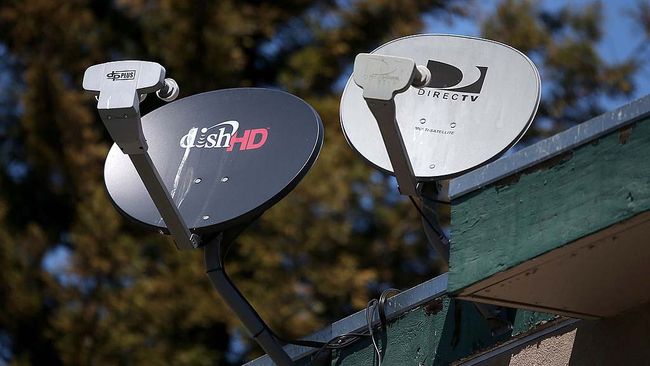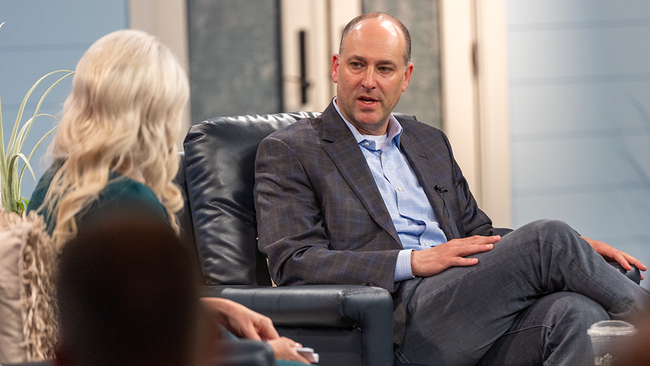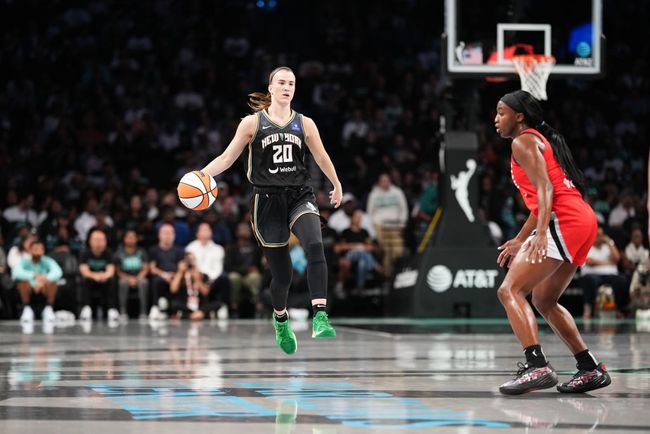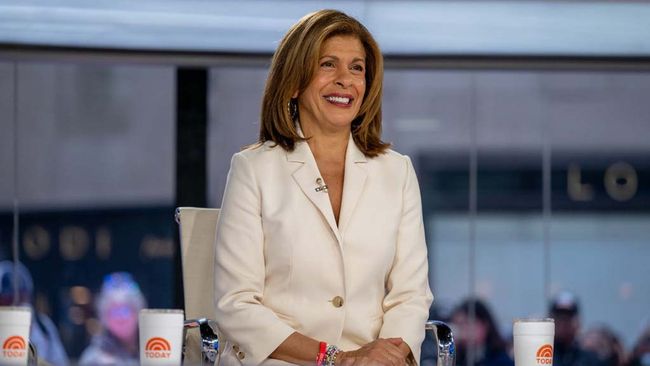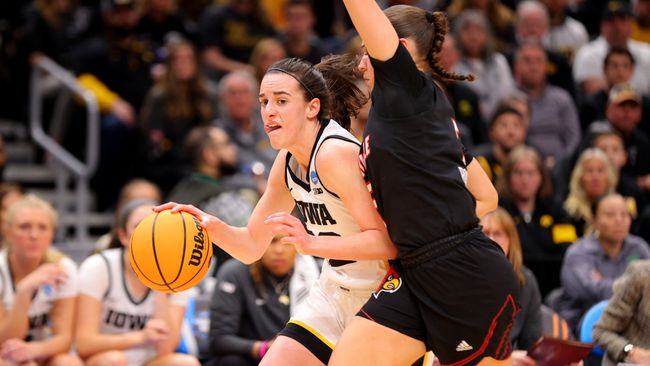
Five hundred and fifty-nine original television series were released in 2021, and 2022 will no doubt see even more.

Free from the bounds of time — and in many cases, direct economic profitability — streaming services are able to continually crank out new series. And with a major arms race going on now in terms of how many billions each is allocating to original programming, that crank is just going to move faster.
The likely beneficiaries of the content arms race? Weekly release schedules and movies.
Allow me to explain.
Bingeing was something unique when Netflix made it a part of the Total Netflix Experience. To begin with, there weren’t a whole lot of originals, certainly not enough so that they overlapped with each other. Thus, each drop of say, Stranger Things, felt like an event.
Also read: New Peak for Peak TV as Number of Scripted Series Hits 559
That was then.
NEXT TV NEWSLETTER
The smarter way to stay on top of the streaming and OTT industry. Sign up below.
With so many streaming options now, the notion of starting a 12-hour series binge can feel more than a bit intimidating. You’re making a commitment to get through all 12 hours, not unlike a commitment to wake up every morning and exercise, only there’s no structure to your commitment. Do you watch one episode each night? Plow through all 12 hours over the course of a weekend? Watch nothing else till you finish?
There are a lot of decisions to make and quite likely a minor stressor if you fall off the wagon and suddenly find yourself behind schedule with no clear path to getting back on track.
You start watching a number of series, but can never find the time to actually finish them, which results in all sorts of stress, guilt and feelings of unworthiness every time you so much as look at the remote.
Weekly releases, on the other hand, carry no such stressors. They’re scheduled at a specific day and time that you can build your schedule around. (Hence the popularity of regularly scheduled exercise classes, to revert to the previous metaphor.) If you miss a day, or two or even an entire week, it’s easy enough to catch up by doubling up on episodes, which is nowhere near as stressful as trying to figure out when you will find time for the six hour-long episodes of that binge-able series you still need to watch.
Then there’s the social aspect of weekly releases.
One of the trickiest things with bingeing is finding someone who is watching the same series as you are at around the same time. (Your friends who watched it six months ago are unlikely to remember the minor plot details you want to discuss.)
With weekly releases, you are all on the same page. Plus there are all those recaps, the Television Without Pity-inspired dissections of popular weekly shows that have become an important part of the viewing experience and a way to fully understand both plot twists and that line you missed about 30 minutes in because, even with a really good sound bar, the audio is still somewhat garbled.
There’s also the investment angle.
Investing time in a binge-only series somehow feels like a bigger deal. It was a decision you made on your own, with zero external pressure, and if you decide you don’t like it, that decision is all on you. Whereas a weekly release still feels like something you can easily walk away from with a simple, “No, sorry, not really for me,” and it’s on the network or streaming service for not living up to your expectations.
Factor in anticipation — there are countless studies about the psychic benefits of delayed gratification — and you have a strong argument for weekly releases.
Movies have many similar benefits in their favor, the primary one being time.
Most movies these days come in at somewhere around the two-to-two and a half hour range and as such, can be seen as a much safer and less stressful investment, easily polished off in no more than two to three sittings. That means half-watched movies are unlikely to be hovering around the inner recesses of your brain,berating you for not finding time to watch them.
Movies are also topical, meaning that for just a two hour investment, you can stay up to date with pop culture trends and easily take part in all that Zoom call chatter.
And that’s just movies as compared to bingeable TV.
Compared to actually going to a movie theater, watching at home requires much smaller blocks of time (no endless previews or rushing to get there early to get good seats) plus there’s no pressure to secure a companion to watch a movie at home.
Which is why we will likely see more movies being made for streaming, as they can also deliver bigger stars and the sort of buzz that helps to create stickiness.
Ditto weekly releases. While they may not attract bigger stars, they do help create stickiness, at least during the three to four months they are on. What’s morek they provide further clues as to the type of programming viewers are also watching so as to (a) help transition said viewers to another one of the platform’s shows and (b) provide a roadmap to the types of series the service should be producing next year.
Which is not to say Netflix and it's all-at-once model are fading off into the sunset. There’s still an audience for that, and a very good bingeable series can still generate a whole lot of buzz (Squid Game, anyone?)
It’s just that bingeing is no longer the only game in town and is likely to start seeming like a very late teens phenomenon. ■
Alan Wolk is the co-founder and lead analyst for media consultancy TV[R]EV

